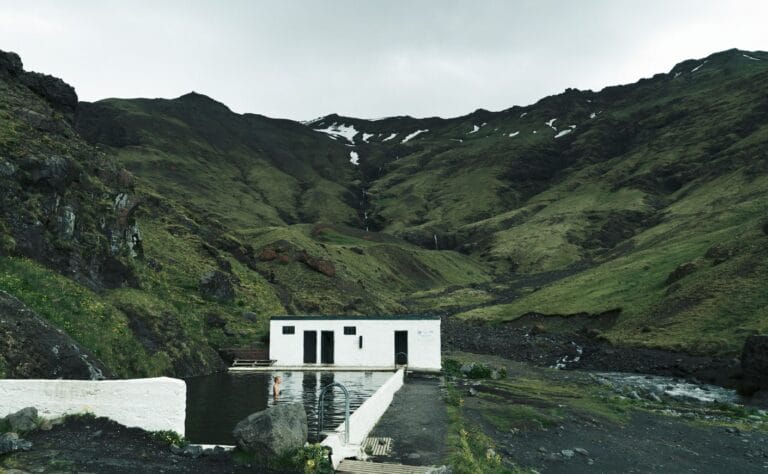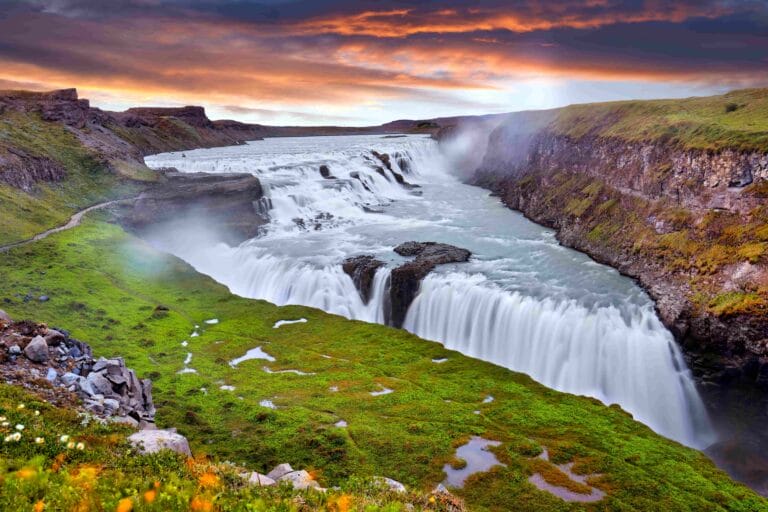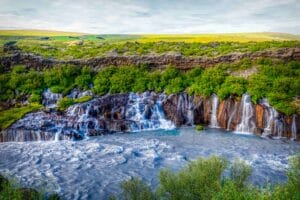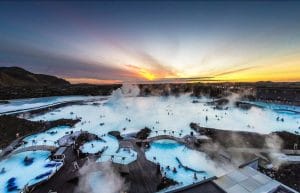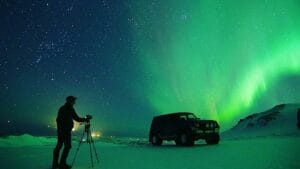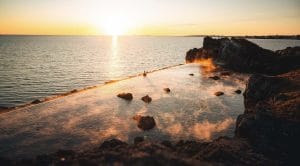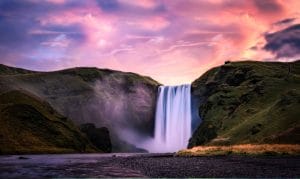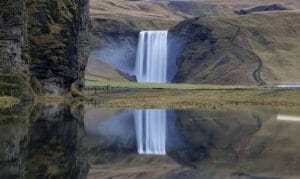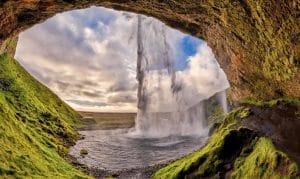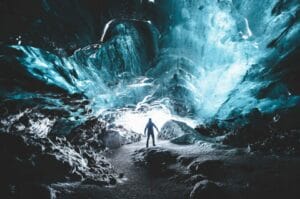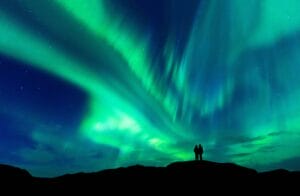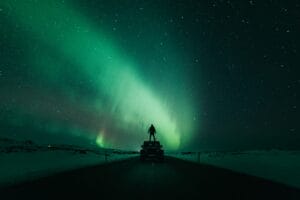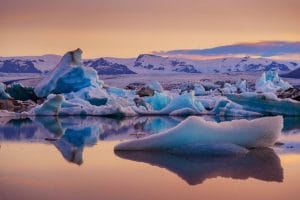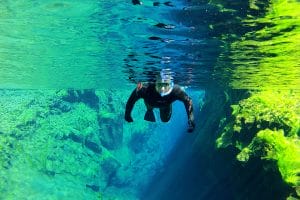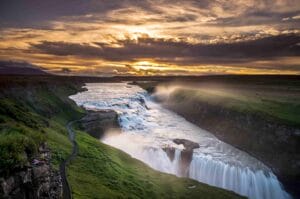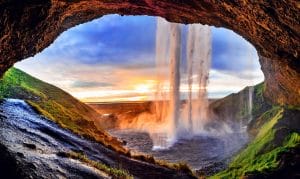Basic Information
Iceland, this heavenly place never fails to surprise the visitors, travel enthusiasts, or the environmentalists across the world. Iceland is a volcanically and geologically active place and is known as the place of Fire and Ice. Isn’t it amazing? Iceland has everything you could ever imagine from steaming lava fields, waterfalls, hot springs, natural backdrops with snow-capped mountains, geysers, to human-sized icebergs on the beach. But since Iceland is a volcanically active place, we just can not afford to miss mentioning Eyjafjallajökull, the subglacial volcano in Southern Iceland. Visiting this place is a once in a lifetime experience and will make you feel the power of nature too! When in Iceland, do explore Eyjafjallajökull and the surrounding area.

Meaning Behind the Name “Eyjafjallajökull”
The name seems to be a tongue twister and no one beyond the natives can pronounce it correctly. Eyjafjallajökull is composed of three different words – Eyja – Fjalla – Jökull. The first Eyja – means islands and refers to the Vestmannaeyjar Islands, which is just off the Iceland coast, then Fjalla – that refers to the mountains and the last Jökull – means glacier. When these are combined – the meaning comes out to be Glacier on Island Mountains, which simplifies this tongue twister. This name is derived from the Icelandic phrase that translates to “the island’s mountain glacier”.
Eyjafjallajökull volcano is also known as Eyjafjalla volcano, Eyjafjallajökull, Eyjafjöll, or Eyjafjalla Glacier volcano. This subglacial volcano is located in southern Iceland, within the country’s East Volcanic Zone. The volcano itself lies beneath Eyjafjallajökull – Eyjafjalla Glacier and the highest point rises to rises to 1,666 meters (5,466 feet) above sea level. Eyjafjallajökull is a composite volcano, or it is also known as the stratovolcano that concludes that it is made up of layers of ash, solid stone and lava. There are over 130 active volcanoes in Iceland and you can see how they have affected and impacted the surrounding areas. There is a museum dedicated to the volcanoes near Eyjafjallajökull. The museum is located in Hvolsvollur village, named Lava Center. You can visit there and get all the information about the volcano.
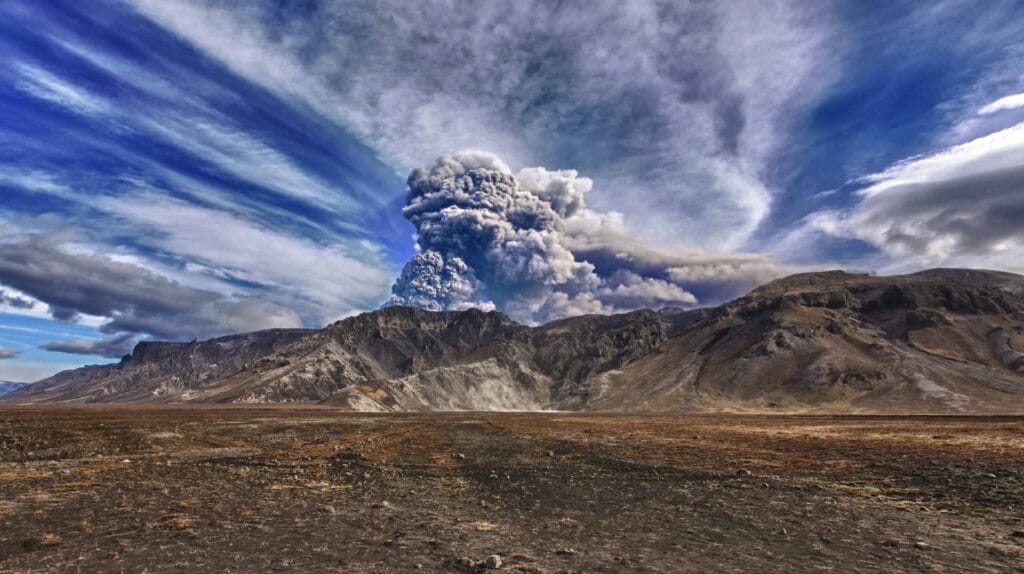
2010 Eruptions of Eyjafjallajökull
Deep down the surface of the earth, the seismic activities started arousing at the end of 2009, which eternally increased in intensity until a small eruption began on 20 March 2010 and was rated as a 1 on the volcanic explosivity index. Though these eruptions of Eyjafjallajökull were volcanic events that took place in 2010 and were relatively small, they also caused enormous disruption to air traffic across northern and western Europe, initially for around 6 days in April 2010. Northern Europe was all covered with the ash from the volcanic eruption and with this eruption, about 20 countries closed their airspace, commercial jet traffic, which affected travelers across the world. The disruption continued into May 2010, but then the eruption was declared officially over in October 2010, since the snow on the glacier did not melt at that time.
Exploring Eyjafjallajökull
Snowmobile on Eyjafjallajokull
Ride a snowmobile on top of Eyjafjallajokull Glacier and experience the volcanic glacier up close and personal. The views from up there are out of this world and a once in a lifetime experience. You can see all the way to Westman Islands on a clear day.
Eyjafjallajokull Super Jeep
Drive on a Super Jeep while crossing some uneven and rugged terrains of South Coast and Highlands roads on the way to Eyjafjallajokull glacier. This is indeed a perfect day tour for nature lovers, so head towards Eyjafjallajokull Glacier on a Super Jeep and admire the Icelandic south shore.

Directions to Eyjafjallajökull
IT is hard or even impossible to visit Eyjafjallajoull on your own, but you will get a beautiful view from the glacier from the ring road when driving along the south coast. Drive along the south coast and visit some of the farms that are located beneath the glaicer for the best views. While driving, you will come across mt. Hekla and mt. Katla that are both active and powerful volcanoes of Iceland. In Hvolsvöllur you will pass a great exhibition that will tell you about the 2010 eruption in Eyjafjallajokull.
If you would like to get closer to the glacier, we recommend that you join a Super Jeep tour, snowmobile tour or take Fimmvörðuháls Hike.

